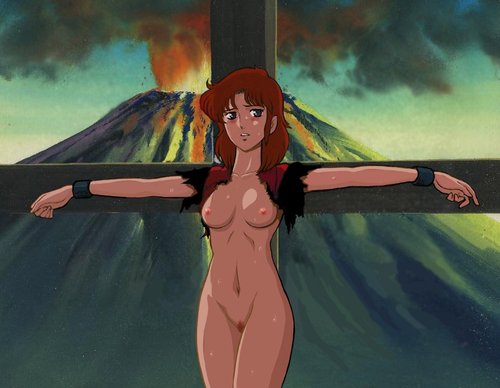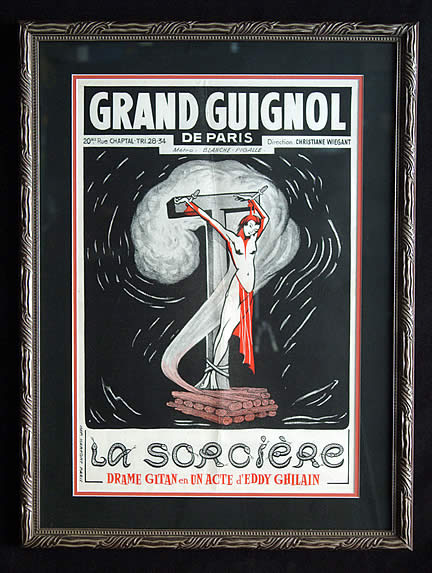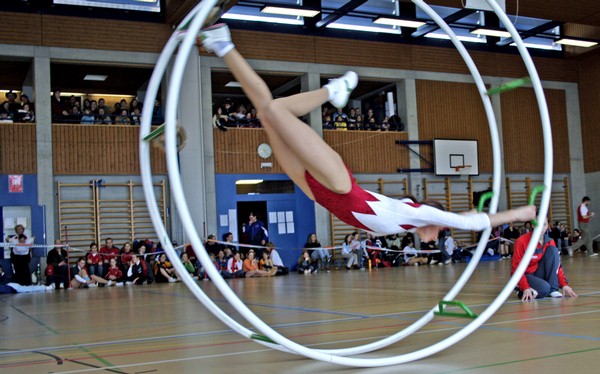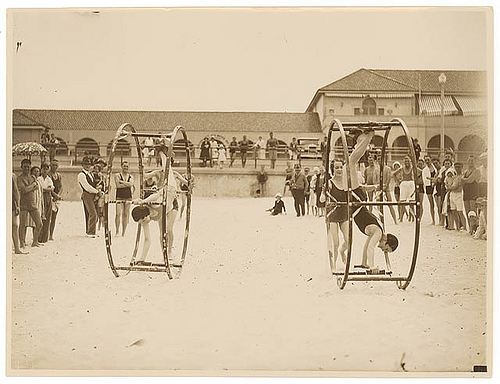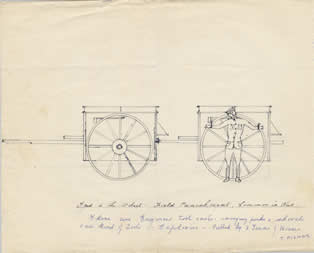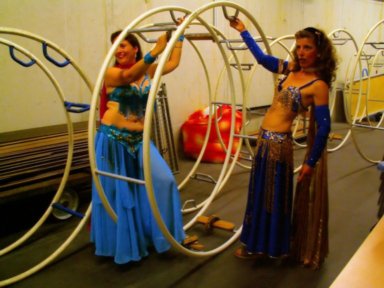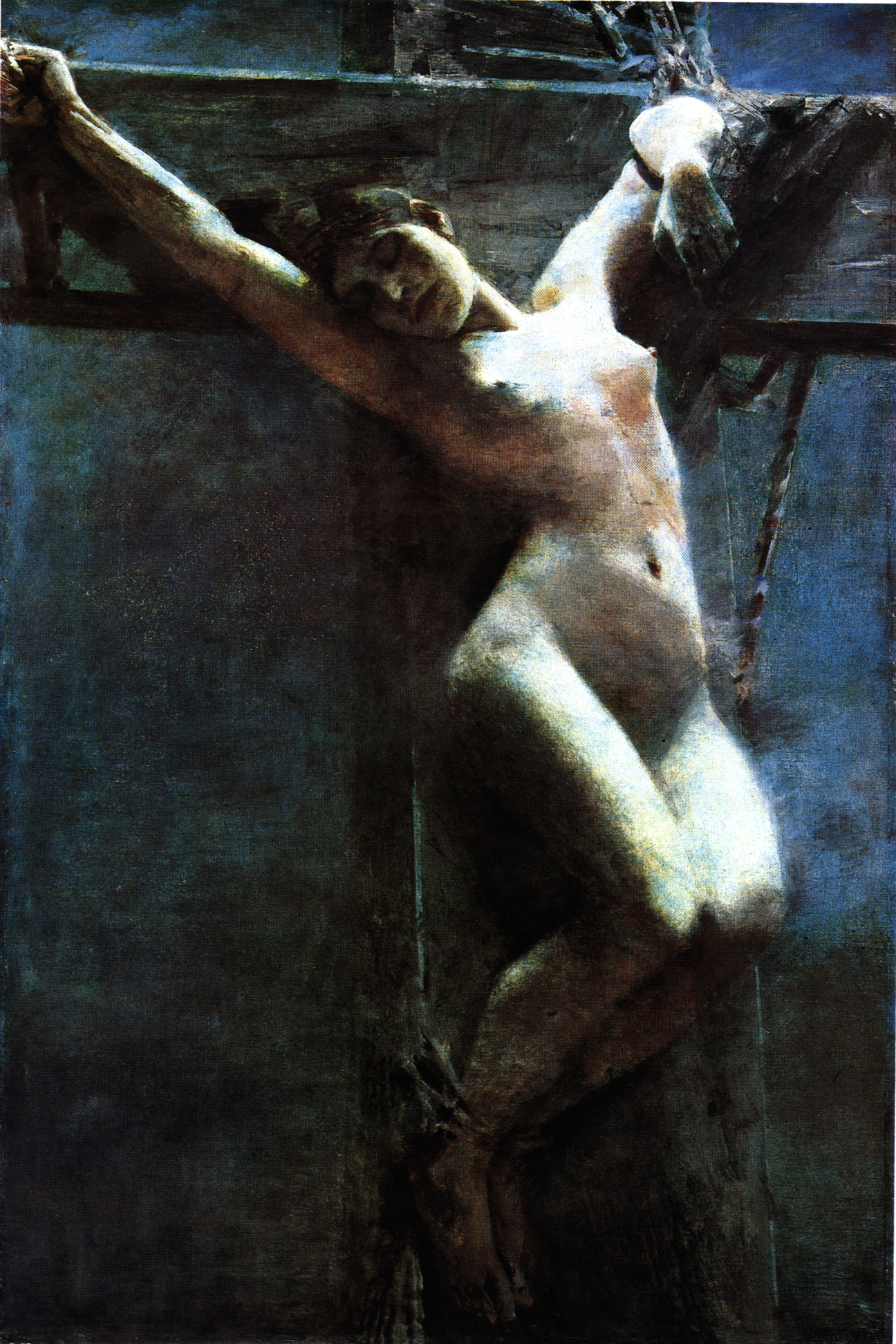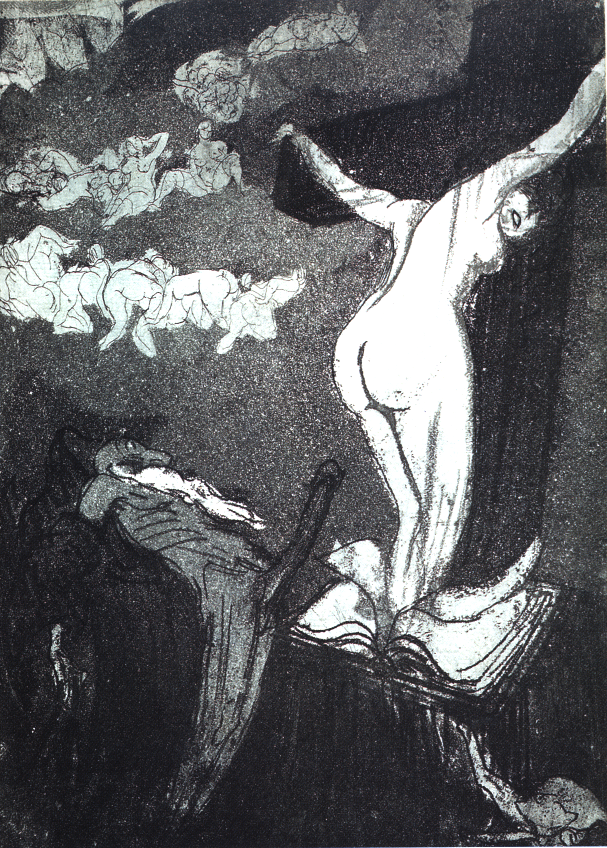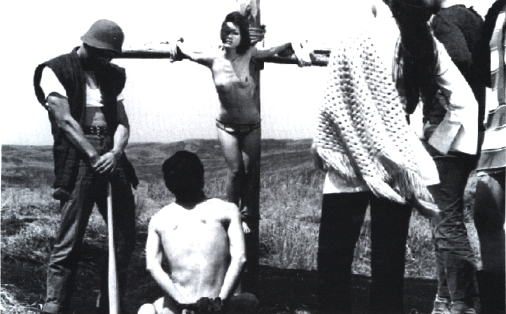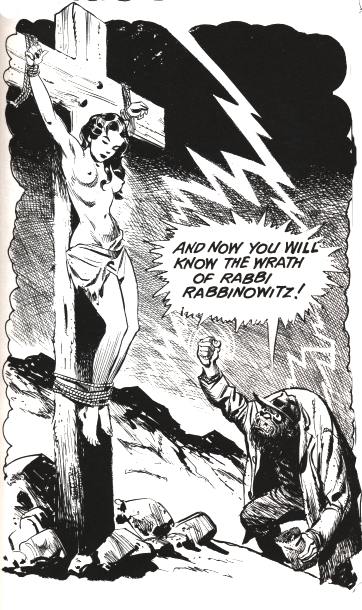Script for today:
Page 19
|
View of Edith, lying on her back underneath some sort of panel. Lots of wires hang down. Edith is holding a flashlight in her mouth pointed up, and she is reaching up into the mess of wires and electronics. CAPTION (Edith thinking): Properly handling the data… |
Close up Edith’s P.O.V. In the mass of wires we saw in the previous panel. We can see her gloved hands, each holding a piece of cable, one of which is run into an adapter. CAPTION (Edith thinking): …that involves a special arrangement… |
Even closer P.O.V. On the two ends of cable, which have just been joined into the adapter. SFX: Snap! CAPTION (Edith thinking): ….which I must take care of myself. |
|
“From above” view. Edith is strapped, naked, to the cruciform gurney. Various IV lines run into her and she is also wired up to a variety of sensors. Chen stands at her side, holding a clipboard. CAPTION (Edith thinking): At long last, the time comes to undertake a most difficult experiment… CHEN: Are you sure you want to go through with this, Professor Sterling. |
||
Page 20
|
Close up on Edith’s face. She has turned her head to the side. EDITH: Let’s do this thing… |
Full-length view of Edith on the gurney, which is tilting upward. Edith is beginning to hang down by her bonds. EDITH: Unngggh….. |
|
Head-and-shoulders view of Chen, who is looking backwards and pointing. CHEN: Initiate sequence alpha |
|
|
View of a hand, throwing some sort of large switch. SFX: Whrrrr…. |
Page 21
|
View up Edith, ¾ behind, upper half. We can see her head slumped down. CAPTION (Upper, Edith thinking): Great Cthulhu this hurts. CAPTION (Lower, Edith thinking): Small wonder crucifixion is associated with martyrdom. |
View of Shackleford and Chen. They are both wearing radiation suits and dark goggles. CAPTION (Edith thinking): Aw, crap. SHACKLEFORD: Everything all right, Professor Sterling? |
|
View of Edith’s bare midsecdtion. Two “ray-gun” like objects are in the frame, pointing at her. SFX: Whrrr CAPTION (Edith thinking): It wasn’t even obvious that this part of the ordeal was necessary. It might just have been sadism on Dr. Sin’s part. But I don’t want to deviate unnecessarily from… |
Close up on Edith’s face. She is showing grim determination. CAPTION (Edith thinking): He isn’t here out of scientific interest. Or out of compassion for me. CAPTION (Edith thinking): He likes seeing me like this. CAPTION (Edith thinking): Asshole. |
What a nasty thing Edith has put herself up for! There are so many images of crucified women out there. Two examples (which could be multiplied manyfold), both from Janitor of Lunacy:
and
And from such different cultural backgrounds and artistic traditions as well.
Be ashamed, O humanity. Be very ashamed.

